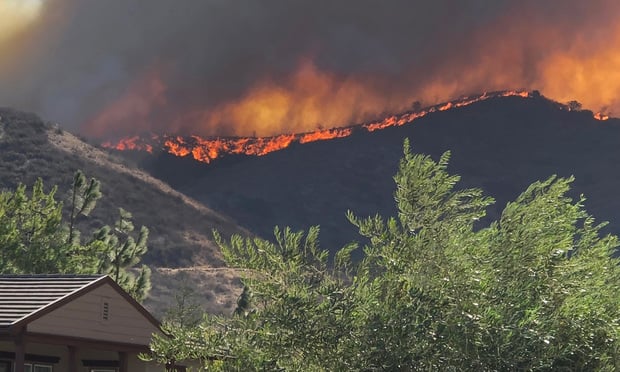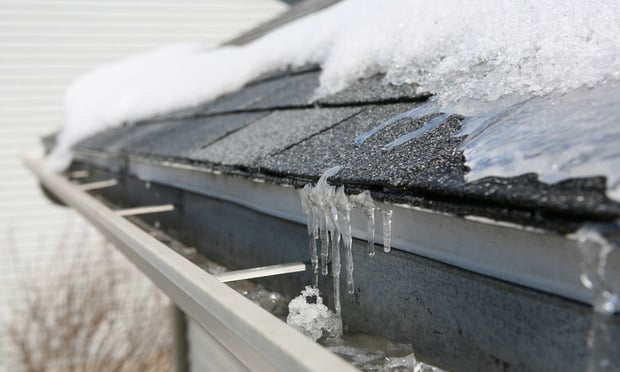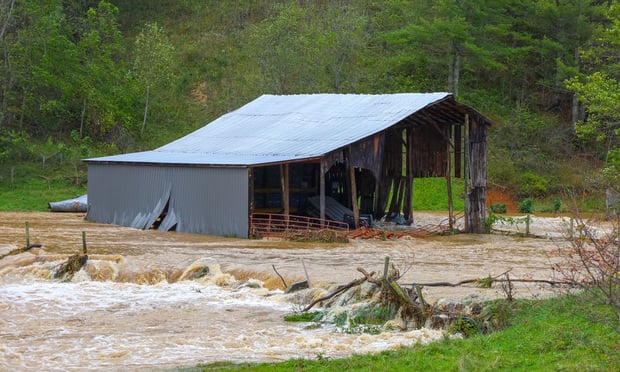Editor's Note: This is part two of a two-part series.
Last month this column cited a Smithsonian article about a 13th century village in Greenland that was abandoned when the village's primary source of trade, walrus tusks, lost market value to African elephant tusks. The same situation is now happening in the Appalachian coal country as alternate forms of energy replace much of the world's need for coal.
A few, as cited in J.D. Vance's Hillbilly Elegy, moved to the industrial north, but then foreign steel and other cheap labor products from Asia and Latin America made those jobs obsolete. What were the former coal miners to do? Unfortunately, the answer was to turn to opioids, and the Midwest is now bogged down in an opium/heroin epidemic.
So where do unemployable drug addicts go? Some avoided that problem and learned new trades, often in the growing technology arena. But for every 10 new tech start-ups, eight or nine fail and go bankrupt. Farming, another skill the miners may have had, is also a dead-end, as farming is now a corporate industry. The family farm died in the last century. Hence the move to welfare and homelessness – and drugs. Narcotics is a booming business, whether or not Mexico pays for building a $25 billion wall.
There is, to a very minor degree, still some coal mining, some for U.S. power plants and some for foreign export, but it is a shadow industry. Oil is booming, but after the wells are drilled and the pumping becomes mechanized, there is not much call for “roustabouts.” There are plenty of jobs for migrant agricultural or domestic workers, but Americans won't take those jobs. Hence unemployment is stuck somewhere between four and five percent. (The actual numbers are greater than in the Great Depression!)
|An iconoclastic prediction
In mid-2017, a chunk of Antarctician ice the size of Delaware broke off and floated in the South Atlantic as an iceberg. As 80% of any iceberg is below the surface and full of air bubbles, this alone won't add much to the oceanic sea levels. But what is melting from Antarctica's glaciers, as well as those glaciers on Greenland, Alaska, Canada, and even Glacier National Park, add to the sea level – and it may rise by 13 feet or more by the end of the current century.
How are these factors connected and how do they relate to claim adjusting? The answer is already evident as property adjusters are writing checks for total losses of homes burned by wildfires across the American West. As sea levels rise, they'll also be writing checks (at least to those who purchased federal flood insurance, if it is still available,) to residents of the Gulf and Atlantic Coast as their homes wash away in the rising surf.
But what about the unemployed? The global warming that even skeptics now seem to accept as reality has a lining, perhaps not silver, but we'll have to do with brass or tin for a while. Technology is not going to provide a solution for the forest fires or the rising ocean, but there may still be opportunity in those areas for others besides adjusters.
If a young person were to ask what field they should enter, I would suggest hydrology. Water is scarce and precious, and needs to be controlled. Hydrology could provide employment for hundreds of thousands of workers, building levees or dams, laying pipeline to transport excess fresh water from where it isn't wanted to where it is needed, providing home restoration for flood victims who, like the characters in Vance's Elegy, won't move, or trimming brush in potential wildfire areas before some careless smoker starts another blaze.
There is no end to the number of new fields of endeavor (including claims adjusting) that the new reality of global warming will bring. Unlike the 13th century Greenlanders who just picked up their valuables and moved, we don't all need to become migrants.
Ken Brownlee, CPCU, ([email protected]) is a former adjuster and risk manager based in Atlanta, Ga. He now authors and edits claims-adjusting textbooks. Opinions expressed are the author's own.
Want to continue reading?
Become a Free PropertyCasualty360 Digital Reader
Your access to unlimited PropertyCasualty360 content isn’t changing.
Once you are an ALM digital member, you’ll receive:
- Breaking insurance news and analysis, on-site and via our newsletters and custom alerts
- Weekly Insurance Speak podcast featuring exclusive interviews with industry leaders
- Educational webcasts, white papers, and ebooks from industry thought leaders
- Critical converage of the employee benefits and financial advisory markets on our other ALM sites, BenefitsPRO and ThinkAdvisor
Already have an account? Sign In Now
© 2025 ALM Global, LLC, All Rights Reserved. Request academic re-use from www.copyright.com. All other uses, submit a request to [email protected]. For more information visit Asset & Logo Licensing.








